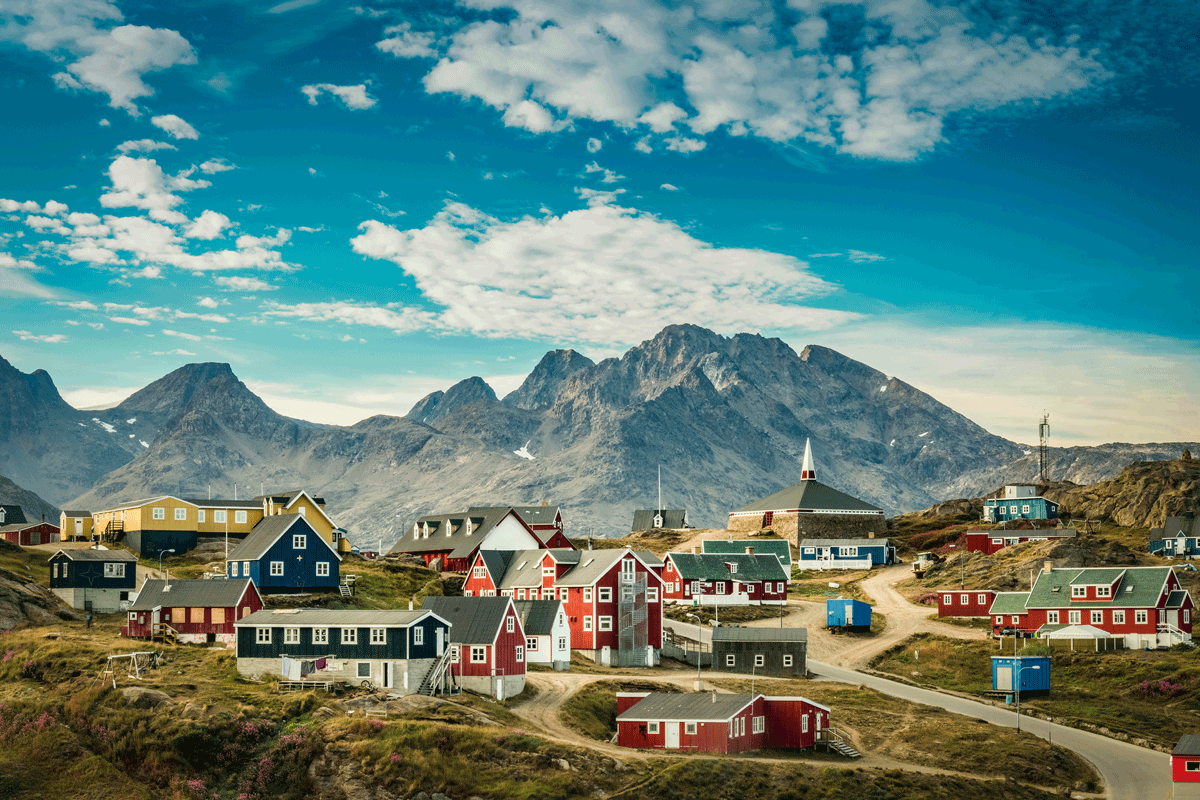Since the change of power in April, uncertainty surrounds the future of uranium and rare earth mining. The autonomous region of Greenland is struggling with the issue.
Greenland’s voters elected a new government at the beginning of April. During the election campaign, and during the elections themselves, the wealth of mineral resources of the autonomous nation which belongs to Denmark played an important and perhaps decisive role. Unlike his predecessor from the Siumut Party, the newly-elected head of government Múte Bourop Egede, Chairman of the socialist IA (Inuit Ataqtigiit), intends taking a significantly more stringent approach to the intended mining of Greenland’s valuable mineral resources. In other words: If possible, election winner Egede wants to prevent the planned mining of uranium and rare earths in Greenland.
Historic change of power
For this reason, at the beginning of April, media spoke of an historic change of power. It was this negative attitude towards further raw material mining which helped Egede to victory – this at least is the view of most international election monitors. But what does that mean for the future of the autonomous region and for the worldwide corporations who have high hopes of new mining regions?
It remains to be seen whether Egede will be able to uphold his “No” to mineral mining in the long run. Greenland’s economy is beset by a shortage of money, with large sections of the population lamenting high unemployment and poor educational opportunities. So Greenland desperately needs the help of foreign investors. But the investors want one thing above all else: access to Greenland’s mineral resources. Even former US President Donald Trump had got wind of this, prompting him in summer 2019 to float the idea – suddenly and without standing a chance – of the US buying the whole of Greenland.
Huge deposits of rare earths and uranium
But what is this actually all about? While Greenland is around six times the size of Germany, it has a population of only a good 56,000 – about the same as the city of Görlitz in Saxony. By far the greatest part of the country is covered in ice – at least for the moment, it must be said. Increasing climate change is melting the ice, exposing more and more soil. Therefore one direct result of climate change: access to Greenland’s natural resources is becoming easier. It is reported that test drilling in Kvanefjeld at Kuannersuit in the south of Greenland has already shown that the deposits of rare earths and uranium are among the “richest in the world” according to the Süddeutsche Zeitung newspaper. It cites the Australian mining company Greenland Minerals which carried out the test drilling as its source.
As far back as 2010, an analysis by the German Mineral Resources Agency (DERA) reached similar conclusions. According to their study, Greenland’s Mineral Resources Potential, the Kvanefjeld deposits represent “One of the world’s largest single reservoirs of rare earths”. Reporting on the current change of government in Greenland, the Deutsche Welle wrote that seventeen elements, including scandium and yttrium, lie beneath the ground there. And it quoted Mikaa Mered, Lecturer on Geopolitics of the Arctic at the HEC Business School in Paris, with the words: “We can’t be sure that the Kvanefjeld mine project will never actually be realized. If the Siumut Party comes back into power in the future, the fight for independence could still be carried out on the back of the uranium mines.“
For Lill Rastad Bjorst, on the other hand, Associate Professor of Social Sciences at Aalborg University, the victory for Inuit Ataqatigiit is “A sign of how important the environment is for the identity of Greenlanders, and the traces left behind in the Inuit communities by Danish colonization”, reports Deutsche Welle. Therefore, the question of whether and to what extent Greenland will play a role in the global mineral resources market in the coming years and decades still remains open.
Photo: iStock Elizabeth M. Ruggiero


